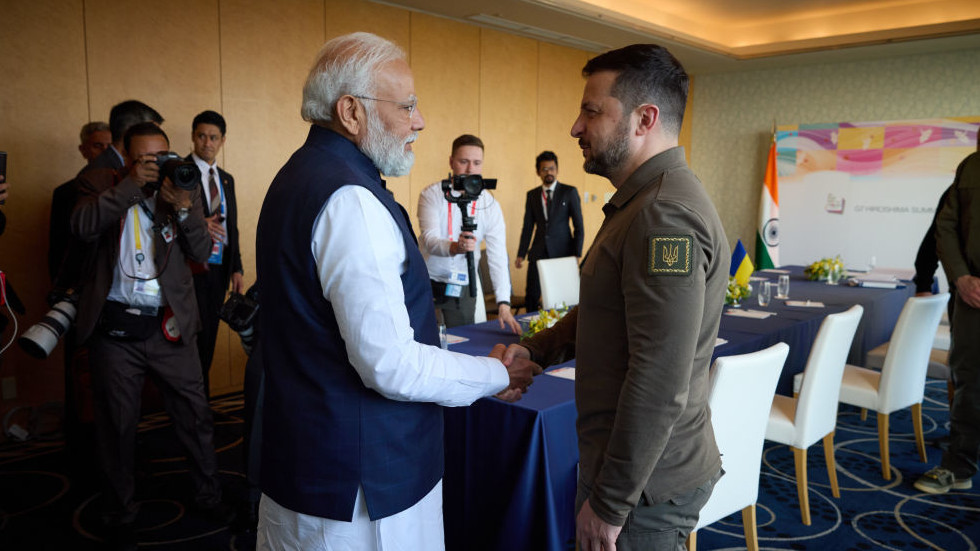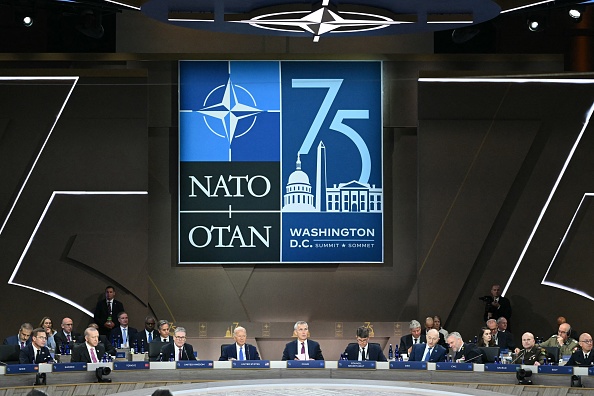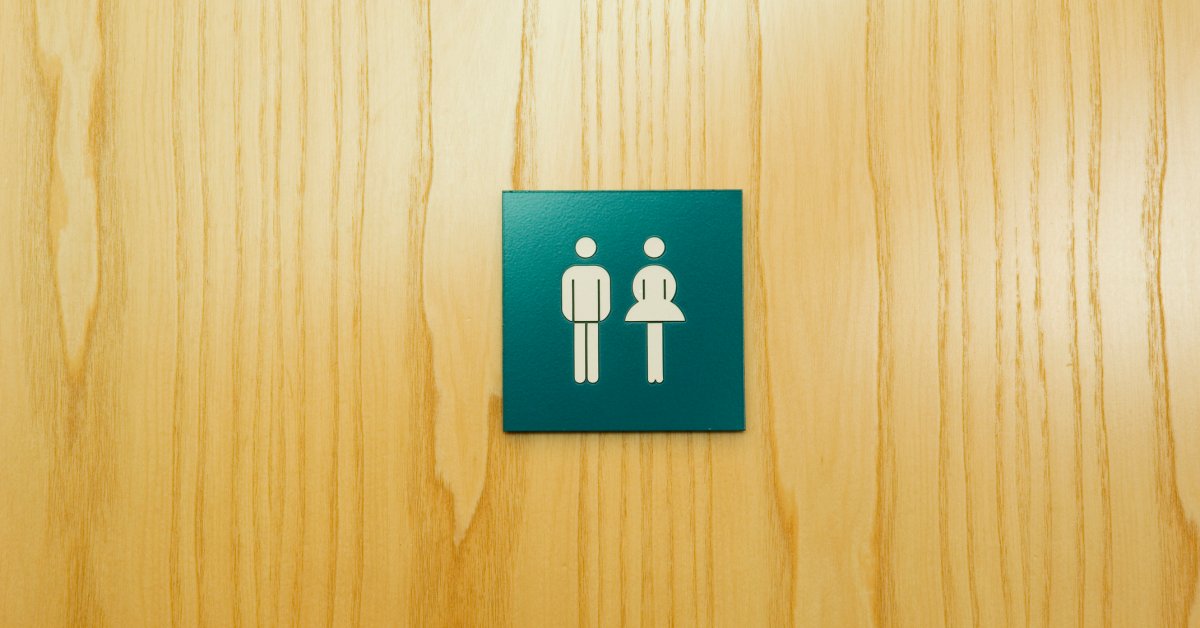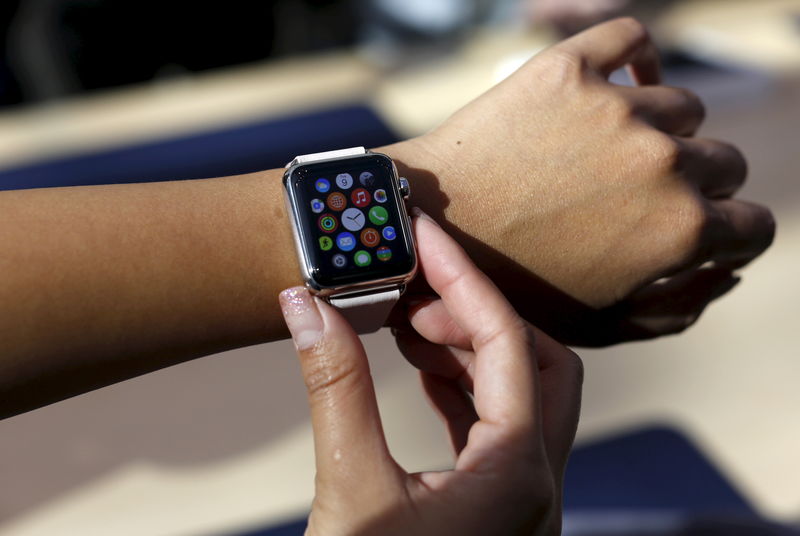The United States says it has evidence that Iranian troops are “directly engaged on the ground” in Crimea supporting Russian drone attacks on Ukraine’s infrastructure and civilian population.
National Security Council spokesman John Kirby told reporters that Iran has sent a “relatively small number” of personnel to Crimea, a part of Ukraine unilaterally annexed by Russia in contravention of international law in 2014, to assist Russian troops in launching Iranian-made drones against Ukraine.
“The information we have is that the Iranians have put trainers and tech support in Crimea, but it’s the Russians who are doing the piloting,” Kirby said.
Much of the recent destruction to Ukraine’s energy infrastructure has been inflicted by Russian drones, which Ukraine and the West say are Iranian-made, something Tehran denies.
The EU on Thursday imposed sanctions on Iran’s Shahed Aviation Industries as well as three Iranian armed forces generals for undermining Ukraine’s territorial integrity by helping to supply Russia with drones.
Iranian Minister of Foreign Affairs Hossein Amirabdollahian tweeted that he told the European Union’s foreign affairs chief that “the claim of sending Iranian missiles to Russia to use in the war with Ukraine is a baseless claim.”
“We have defensive co-operation with Russia, but without a doubt, sending weapons and drones against Ukraine is not our policy,” he said.
Ukraine imposes energy curbs, blackouts
Ukrainians endured power curbs including blackouts imposed Thursday by grid authorities — the first since the war began — to allow the repair of infrastructure destroyed by Russian air strikes as Kyiv’s forces pressed on toward the city of Kherson.
Although Ukraine is advancing against Russian troops in the east and the south, it is struggling to protect power generating facilities and other utilities from missile and drone strikes that appear designed to disrupt and demoralize as winter approaches.

People across the country were urged to use less power as the government enforced nationwide curbs on electricity usage between 7 a.m. and 11 p.m, the first such restrictions since Russia’s Feb. 24 invasion, alongside blackouts in some areas.
That followed a barrage of Russian attacks that President Volodymyr Zelenskyy said had struck a third of all power plants.
Meanwhile, the northeast region of Sumy went without water as some Kyiv grocery stores reported sales of bottled water picking up in preparation for possible shortages there.
“There is much anger against Russian leaders and Russian people,” Mikhaylo Holovnenko, a Kyiv resident, told Reuters. “But we are ready for outages. We have candles, charged power banks. Ukraine is charged to win.”
Russia’s defence ministry said it was again targeting Ukrainian energy infrastructure, a strategy it has stepped up since the appointment this month of Sergei Surovikin — nicknamed General Armageddon by the Russian media — as commander of what Moscow calls its “special military operation” in Ukraine.
Olaf Scholz, the German chancellor, accused Russian President Vladimir Putin of using energy and hunger as weapons.
“Scorched earth tactics will not help Russia win the war. They will only strengthen the unity and resolve of Ukraine and its partners,” Scholz told the German parliament.
Ukrainian Energy Minister Herman Halushchenko told national TV that Russia had carried out more than 300 air strikes on Ukrainian energy facilities since Oct. 10. He said the government was seeking a 20 per cent reduction in energy use as a result.
“We see a voluntary decrease [in electricity consumption]. But when it is not enough, we are forced to bring in forced shutdowns,” he said.

Kyiv and Kharkiv announced curbs on the use of electric-powered public transport such as trolley buses and reduced the frequency of trains on the metro.
“We need time to restore power plants, we need respite from our consumers,” Volodymyr Kudrytskyi, head of grid operator Ukrenergo, told Ukrainian TV.
On Wednesday, Russian strikes damaged a power plant and another energy facility in the central Ukraine city of Kryvyi Rih, cutting electricity to its 600,000 residents.
Fears of attack from Belarus
The general staff of the Ukrainian army said there was a heightened chance that Russian forces could launch an attack from Belarus with the aim of cutting off supply routes for Western weapons and military equipment.
Oleksei Hromov, a deputy chief of general staff’s main operational department, said Russia was deploying aircraft and troops to air bases and military infrastructure facilities in Belarus.
Meanwhile, Russia’s troops fought Thursday to regain lost ground in areas of Ukraine that Putin has illegally annexed.
Russian forces attacked Ukrainian positions near Bilohorivka, a village in the Luhansk region of eastern Ukraine. In the neighbouring Donetsk region, fighting raged near the city of Bakhmut. Kremlin-backed separatists have controlled parts of both regions for eight and a half years.
The Ukrainian military continued to try to press its advance toward the southern city of Kherson, the only regional capital Russian forces have captured.
The Russian-appointed administration on Wednesday told civilians to leave the city — control of which gives Russia a land route to Crimea, which it annexed in 2014, and the mouth of the Dnipro river.
Putin declared martial law in Luhansk, Donetsk and southern Ukraine’s Zaporizhzhia and Kherson regions on Wednesday in an attempt to assert Russian authority in the annexed areas following a string of battlefield setbacks and a troubled troop mobilization.














